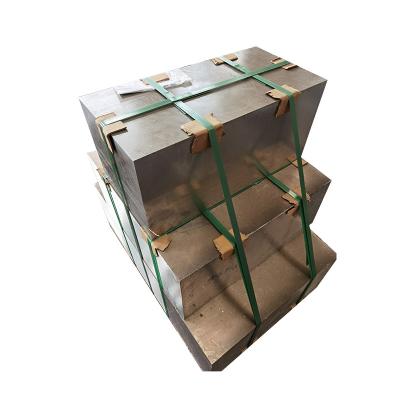Categories
Tags
-
#Insulation Aluminium Coils
#Thick Aluminum Sheet
#2024 Aluminum Plate
#Aluminium Products Supplier
#5052 Aluminium Foil
#Household Aluminium Foil
#Color Coated Aluminium Circles
#5052 Aluminum Circle
#Aluminium Circles
#Aluminum Trim Coil
#Aluminum Cookware
#Web Guide Actuators
Archives
2024 Aluminum Plate vs. 6061: Which One Should You Choose?
-
Choosing the right aluminum alloy can significantly impact the performance, cost, and durability of a finished product. Two of the most commonly used aluminum plates are 2024 and 6061. While both are widely used across various industries, they serve different purposes. In this blog, we’ll compare 2024 Aluminum Plate and 6061 to help you determine which is best for your specific application.
Mechanical Strength Comparison
When it comes to mechanical strength, 2024 aluminum plate clearly leads. It boasts higher tensile and yield strength compared to 6061, making it ideal for applications that require maximum load-bearing capacity. If your project demands high strength and durability—especially in dynamic environments—2024 is the better option.
Corrosion Resistance
In contrast, 6061 aluminum plate offers superior corrosion resistance, particularly in marine or outdoor environments. This makes 6061 preferable for applications such as boat hulls, outdoor structures, and piping systems. While 2024 can be treated with protective coatings, it naturally has poorer corrosion resistance due to its high copper content.
Machinability and Weldability
Both alloys are known for good machinability, but when it comes to welding, 6061 aluminum plate takes the lead. 2024 is generally considered non-weldable by standard methods, as it tends to crack or weaken at the weld site. This limits its use in projects that require frequent or extensive welding.
Cost and Availability
2024 aluminum plate is typically more expensive than 6061 due to its higher performance characteristics and copper content. If budget is a key concern and your application doesn’t require the added strength of 2024, 6061 may be the more economical choice.
Ideal Applications for 2024 Aluminum Plate
Aerospace structures
Military equipment
Automotive racing parts
High-performance machinery
Ideal Applications for 6061 Aluminum Plate
Structural components
Marine applications
Heat exchangers
Consumer goods
Conclusion
The decision between 2024 and 6061 aluminum plate depends on your project's specific needs. If you prioritize strength, fatigue resistance, and performance in demanding environments, 2024 Aluminum Plate is your best bet. However, for general-purpose use, especially where corrosion resistance and weldability are key, 6061 is often the more practical option. Always consider your application’s unique demands when selecting between these two outstanding aluminum alloys.
